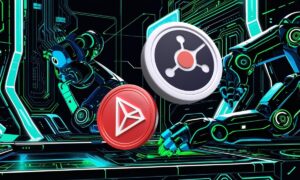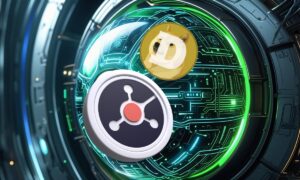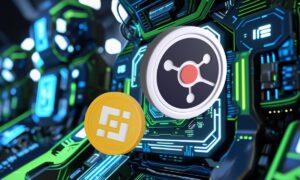There is another title for it. IT people refer to it as DLT or Distributed Ledger Technology. DIT operates in a decentralized environment. Furthermore, it takes recourse to cryptographic hashing. As a result, any virtual digital asset retains a transparent and unalterable history. You can also buy or sell crypto on the bitcoin evolution official site.
What Exactly is Blockchain Technology?
Let us first comprehend it in a non-scientific way. Imagine that blockchain technology is something like a Google Doc. After using the document, the user shares the contents with an individual/a group. In other words, there is no copying or transferring of the contents. Instead, the document undergoes distribution. Obviously, the distribution chain is under no one’s control. All the stakeholders may access it simultaneously. In case, any of them has the authority to edit the contents, the modifications are recorded and revealed to all. Thus, everything is transparent.
According to the technology/scientific world, various groups of data are stored in different encrypted blocks. All the blocks come together, one after another, as in a chain. There is a chronological order in place. Furthermore, these blocks are the single-source-of-truth or authentic data. Since the blocks with their respective data form a chain, the database is titled, blockchain.
The distribution of digital assets is immutable. There can be no copying or transferring of data. Every bit of data is recorded in a transparent ledger, thereby inspiring public trust.
Other features of a blockchain are decentralization, scalability, excellent security measures to reduce fraud, and the usage of risk-free technology.
Blockchain’s Three Vital Concepts for Functioning
Blocks
Multiple blocks are arranged as a chain, one after another. Every block consists of three major elements.
- The first one is the information that is stored in each block. The public calls it, ‘data’.
- Then, there is Nonce. It refers to a 32-bit, whole number. Whenever a new block enters the scenario, a nonce comes into play. It is automatically and randomly generated. Then, there is the generation of a block header hash.
- The hash refers to a 256-bit number. This number is connected to the nonce. The hash must begin with a great number of zeroes. Therefore, it follows that the number itself is quite small.
Thus, whenever the first block in the chain becomes visible, a nonce enters the picture too. Then, it creates the cryptographic hash. The block’s data is forever linked to the nonce and hash and is signed too. Things do not change unless mining takes place.
Miners
They are responsible for finding and launching new blocks on the blockchain. They take charge of the process of mining.
Every block has its own hash and nonce. However, it also has a link to the previous block’s hash. Therefore, mining a block is difficult, especially when a blockchain is large.
Now, the nonce on a block must generate a hash that is acceptable. This is a complex mathematical problem. Miners must resolve this problem with the aid of unique software if they wish to discover a new block. Note that the nonce is 32 bits, and the hash is 256. Therefore, every miner must go through a combination of four billion nonce-hash combinations, before finding the correct solution. Plenty of time, effort, and computing power go into it. Whichever miner discovers this golden combination, is the winner and receives a reward.
If any block in the chain requires modification, re-mining must take place. Thereafter, every new block that follows must undergo re-mining. It is why manipulating blockchain technology is nigh impossible. Therefore, it is safe.
Nodes
A node is a type of electronic device. Every node keeps a copy of the blockchain intact. In turn, the network keeps actively operating. It takes up algorithmic approvals of newly-mined blocks. Such approvals are essential for the blockchain to remain verified, trusted, and updated. Every node accepts the changes that follow successful mining.
Nodes are responsible for decentralization. They ensure that the chain remains as a distributed ledger. Therefore, no single entity may own the chain. In turn, it helps to retain the transparency of operations. It is possible for anyone to view and check the ledger for entries of transactions. All traders’ dealings go into it. It is easy to identify any transaction via a participant’s unique alphanumeric identification number.



































